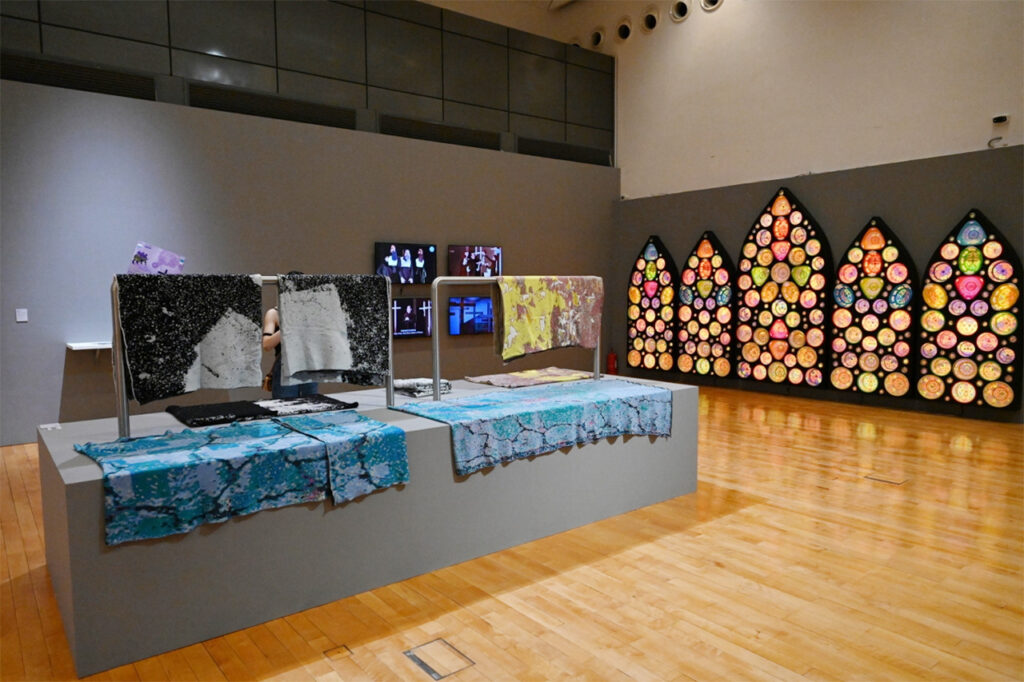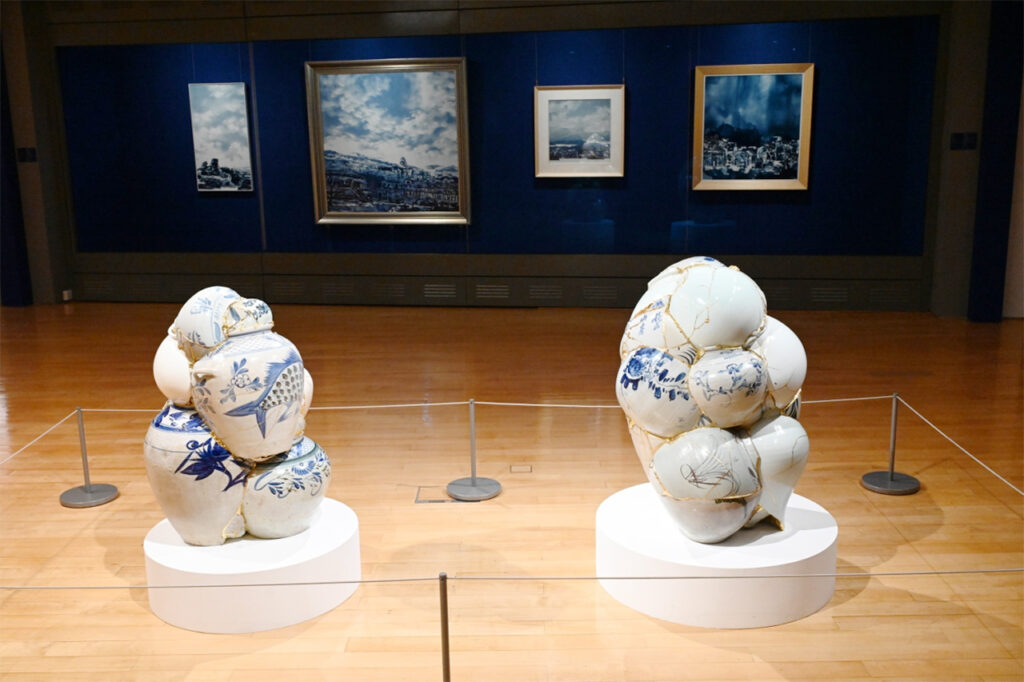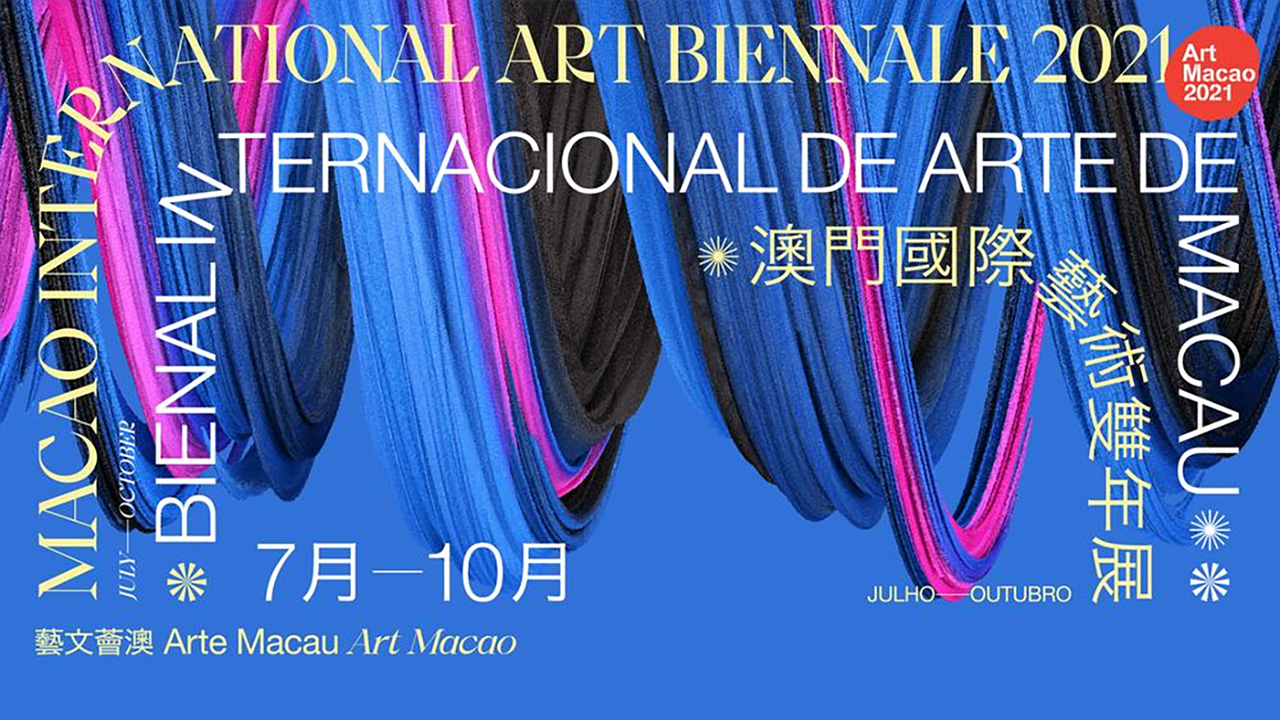The era of carefree globe-trotting encapsulated by biennials, mega art fairs, and the accompanying cast of descending internationals may be on hiatus, but in the city-state of Macau, the show has resumed.
What happened
Art Macao: Macao International Art Biennale 2021, the city’s second such event, opened on July 15. It’s a four-month, city-wide spectacle set to run over the summer months and through China’s National Day vacation in October.
The Biennale’s theme is “Advance and Retreat of Globalisation,” and will play out at 30 exhibitions at 25 locations including the Macao Museum of Art, city galleries, a custom built pavilion, and public art installations. Curated by influential contemporary Chinese artist Qiu Zhijie (also a professor at Beijing’s Central Academy of Fine Arts), the Biennale reflects on Macau’s experience as an early site of globalization (and colonialism) and the pandemic’s impact, bringing in a cast of local and international artists to do so. Entry to all events is free to the public.


The four-month-long event will present 30 art exhibitions by a global cast of artists, with the aim of building an artistic network across the city. Image: Gov.mo
Why it matters
Macau is on a long-term mission to diversify its economy away from the gaming industry (partially due to increased oversight from Mainland authorities), a move that entails developing a specialized finance industry and expanding its non-gaming tourism appeal. The autonomous region hopes to become synonymous with art, culture, and gastronomy — elements all on display at the 2021 Biennale.
The Biennale is, in essence, an advertisement for the city and its global cultural credentials, and it pulls in the full weight and breadth of Macau’s tourism sector. This includes government departments relating to culture, tourism, and foreign affairs, the city’s art museums, galleries, and cultural centers, and the major hotels and resorts that have, in many ways, turned Macau into a go-to destination for Mainland Chinese.
After a year of art world delays and cancellations, Macau continues the thread of Mainland Chinese and Hong Kong organizations resuming operations. While international participation is on show, the Biennale is more focused on creating connections between the South China port and other parts of the country by spotlighting emerging Chinese artists and inland cities of Wuhan and Nanjing through major displays.
The pandemic hit Macau’s economy harder than most: visitor numbers fell 85 percent last year resulting in a GDP drop of around 50 percent. The reopening of borders and waiving of restrictions for Chinese tourists has been a boon with more than 1.5 million crossing the border in Q1 2021 — still, analysts don’t expect numbers to return to pre-COVID levels before 2024. In this regard, the Biennale is both an announcement of the city’s return now and a projection of the cultural destination it hopes to become.
What the organizers said
“[This edition] undertakes the mission of building a structure for the later editions of Macao Biennale. I believe that with the special geographical location and cultural identity of Macao, the concerted efforts of fellows from the art circle, cultural circle, and tourist circle, and the rejuvenation of the Chinese nation, the Macao Bienniale will certainly develop into an important mega event of international contemporary art.” — Qiu Zhijie, Chief Curator, Dean of the School of Experimental Art of the Central Academy of Fine Arts



